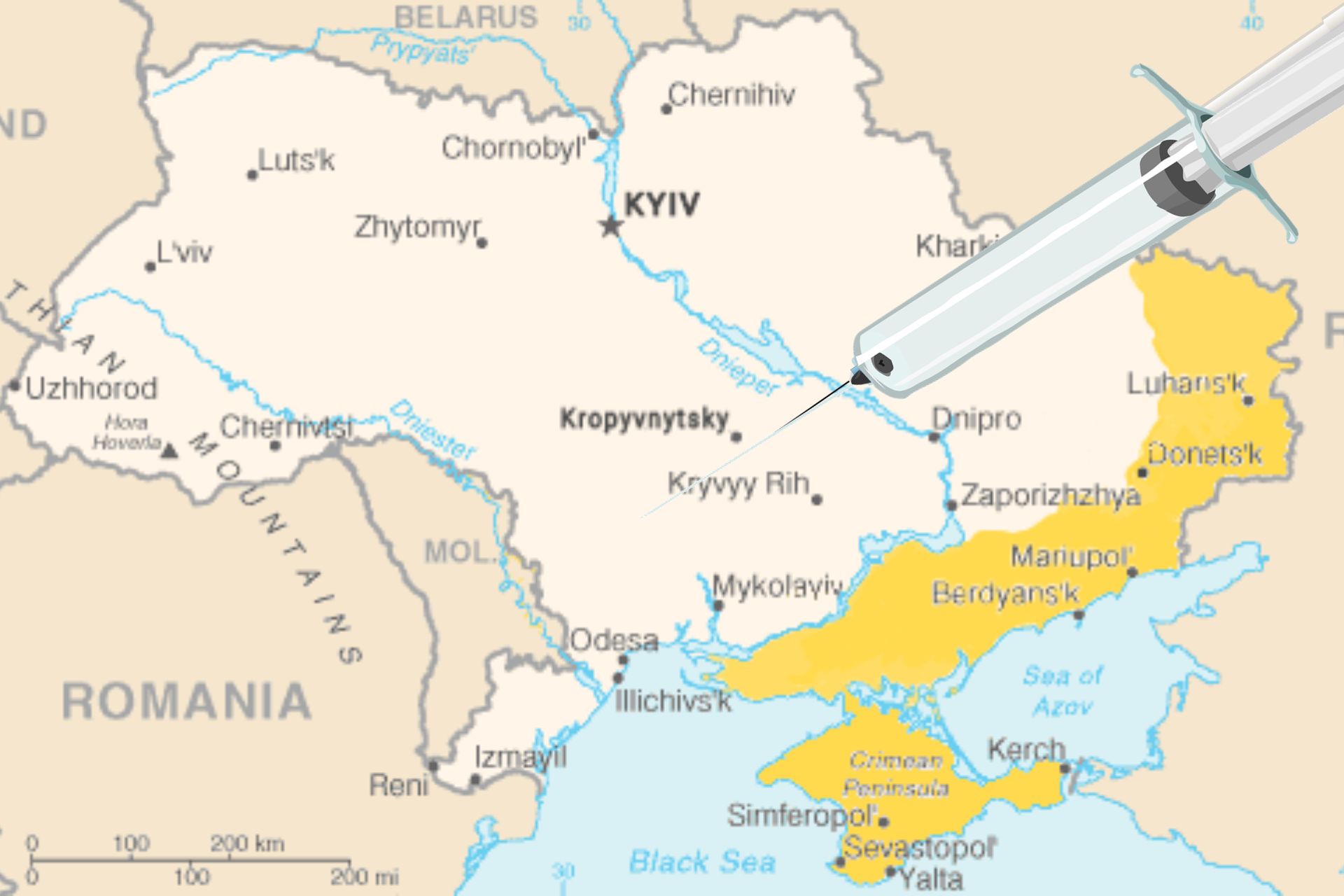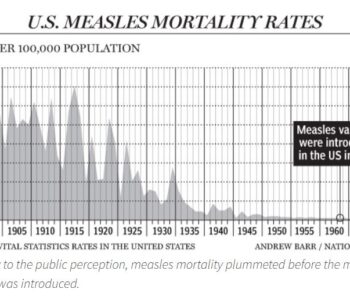
How a vaccine campaign created an epidemic
Between 2008 and 2016 the Ukraine vaccination rate for MMR dropped from 95% to 31%. During this period the the cases of measles were generally low (with one spike in 2012), as was the death rate. In 2017 the World Health Organization (WHO) made additional vaccines available to Ukraine and proceeded with a campaign to have everyone vaccinated, bringing the rate back up to 95%. This initiative began in July of 2017. As you can see from the graph, following the start of the campaign, the incidence of measles started increasing. The WHO claimed in May of 2018 that there had been 12,000 cases of measles so far that year. It is impossible to know if those are really cases of measles and if they are, whether it is vaccine-strain or wild-type without lab tests.1 As is apparent from the graph below, the incidence of measles dramatically increased following the vaccination campaign and the number of lab-confirmed cases (in red) is much less than the clinically confirmed cases (green).2
The Dutch Journal of Medicine published in 2017 stated:
‘Within 14 days after MMR vaccination, a patient may develop a disease that is comparable to infection with a wild-type measles virus. The incidence of infection with wild-type measles is low, so when this happens it is more likely that it is a response to vaccination. Additional research can cause unrest among the parents and therefore reassuring words are more appropriate.’ 3
Footnotes


